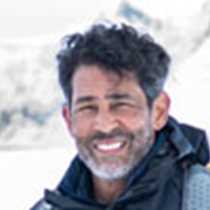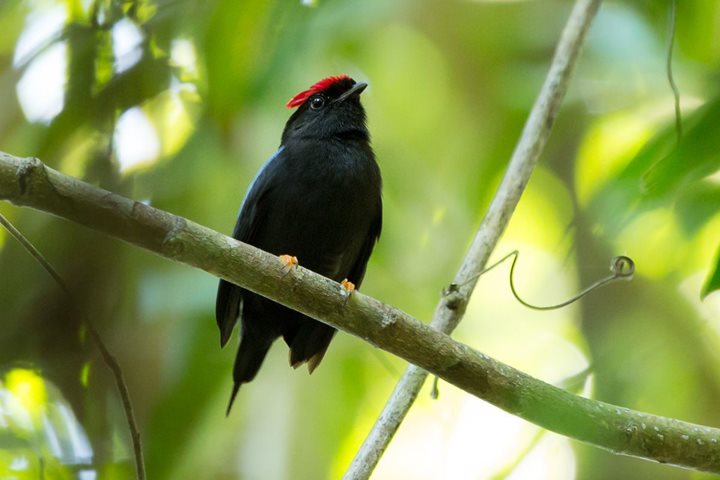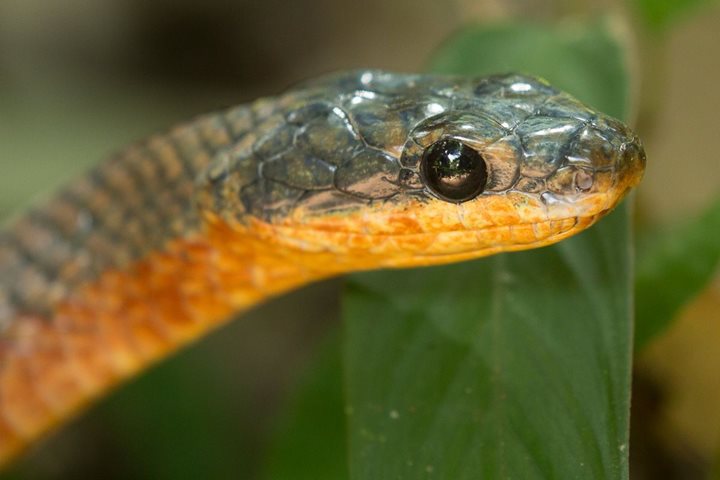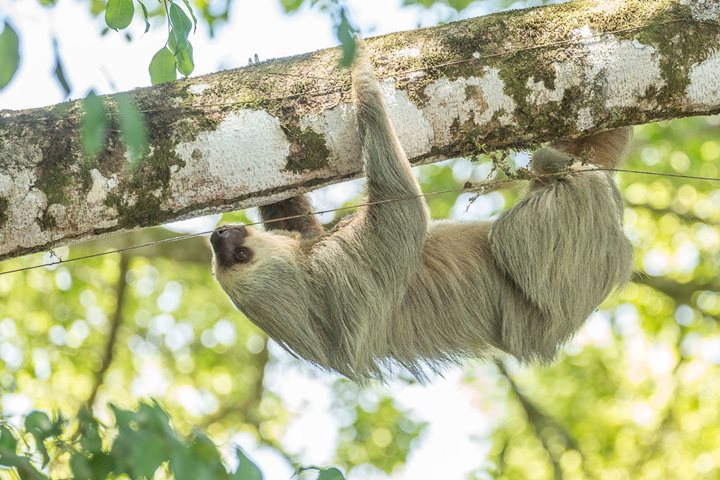After a long navigation of close to 190 nautical miles the National Geographic Sea Lion was gently carried into the waters of the Bay of Panama.
For our first outing of the day, guests took turns for one-hour Zodiac rides around the perimeters of the islands of Otoque and Bona. Both islands are incredible colonies for seabirds such brown bobbies, brown pelicans and magnificent frigatebirds, among other species and some surprising newcomers like blue-footed boobies.
This bird rookery is located here because of the upwelling of nutrients, a phenomenon created by the northeast trade winds that blow away the uppermost surface water, which lacks nutrients but is loaded with plankton awaiting nutrients from the rich deep sea water. By having a lot more food available, these islands are amazing breeding ground for seabirds.
Today was special because we also spotted a sea lion on some rocks. Sea lions have been seen in other coastal areas of Costa Rica and Panama, but it is not a common sight. Perhaps strong storms and ocean currents have brought this unusual visitor to the Bay of Panama.
After lunch, we snuck in a cultural visit. Taboga Island, or the Flower Island, is about 10 miles from Panama City. It a typical weekend trip for Panamanians, who make use of a ferry that runs several times a day. The island was discovered in 1513 by Vasco Nunez de Balboa, and in 1524 Hernan de Luca founded a church there, now the oldest Catholic Church on the Pacific side of Central America.
After we returned to the ship, we cruised toward our anchorage site, Flamenco Buoy, where we remained until our Panama pilot arrived to take us through one of the world’s great wonders, the Panama Canal.
Before we started cruising under the Bridge of the Americas, the entrance of the Canal, the sun set over Panama City and its hundreds of skyscrapers, creating a gorgeous palette of pastel lights. What a wonderful way to end our second day in this beautiful country.









